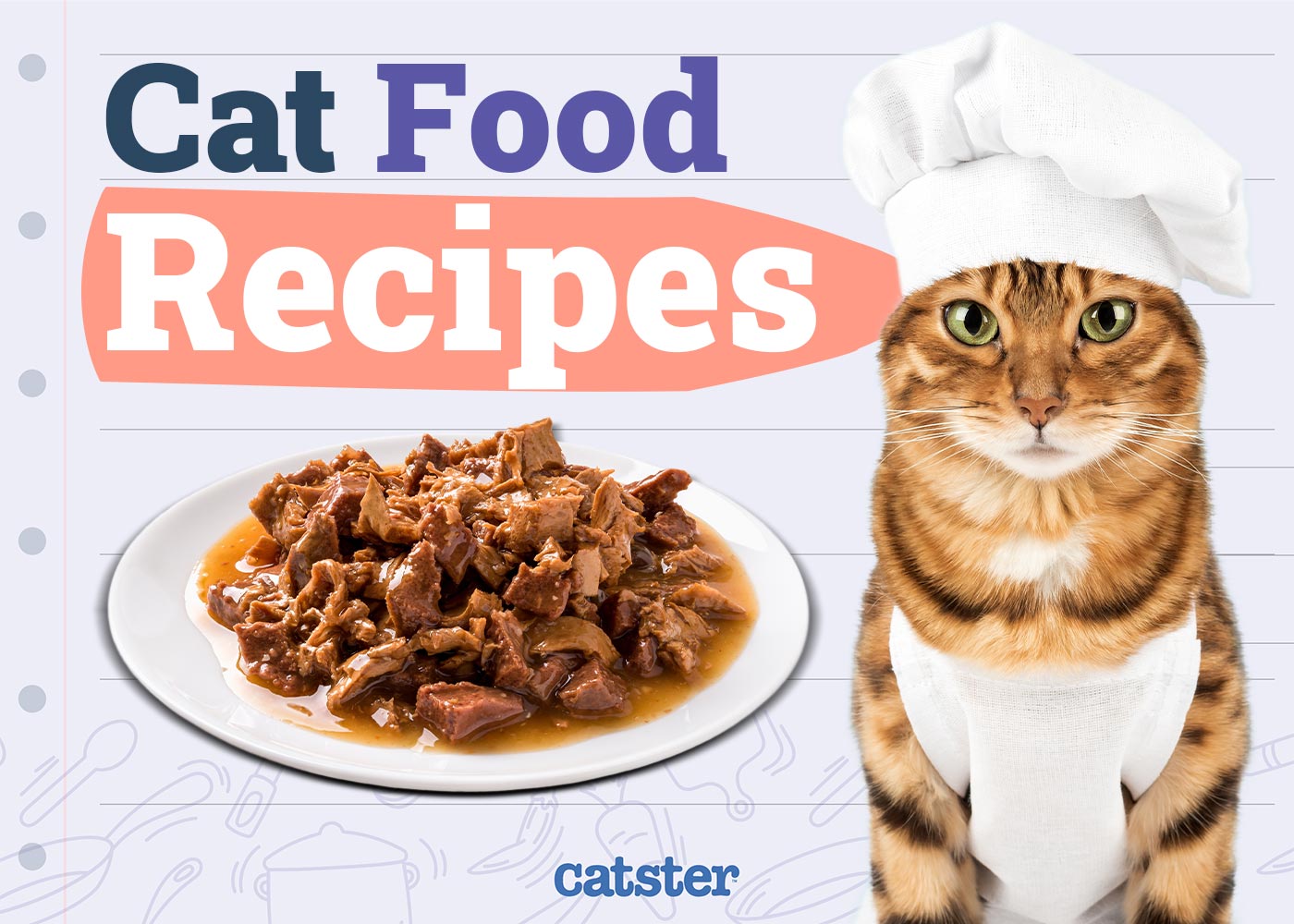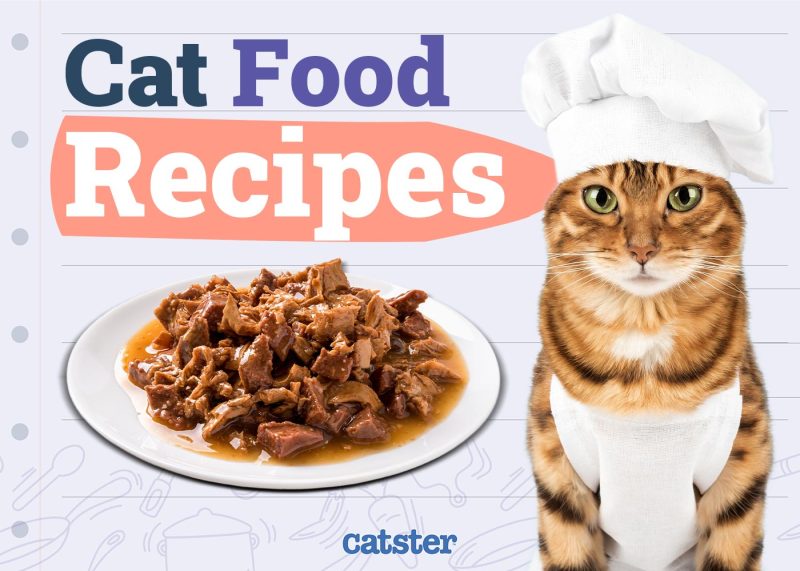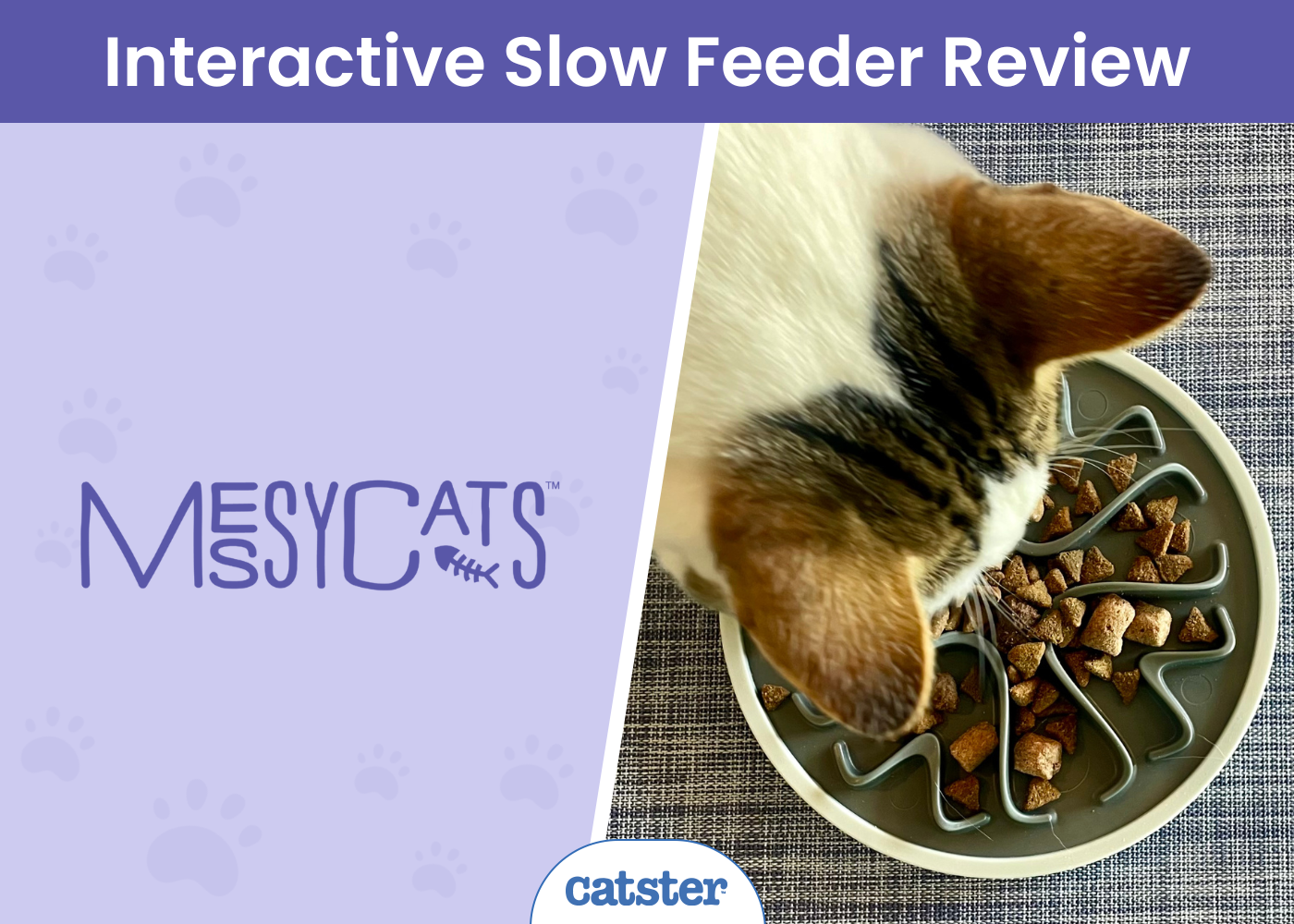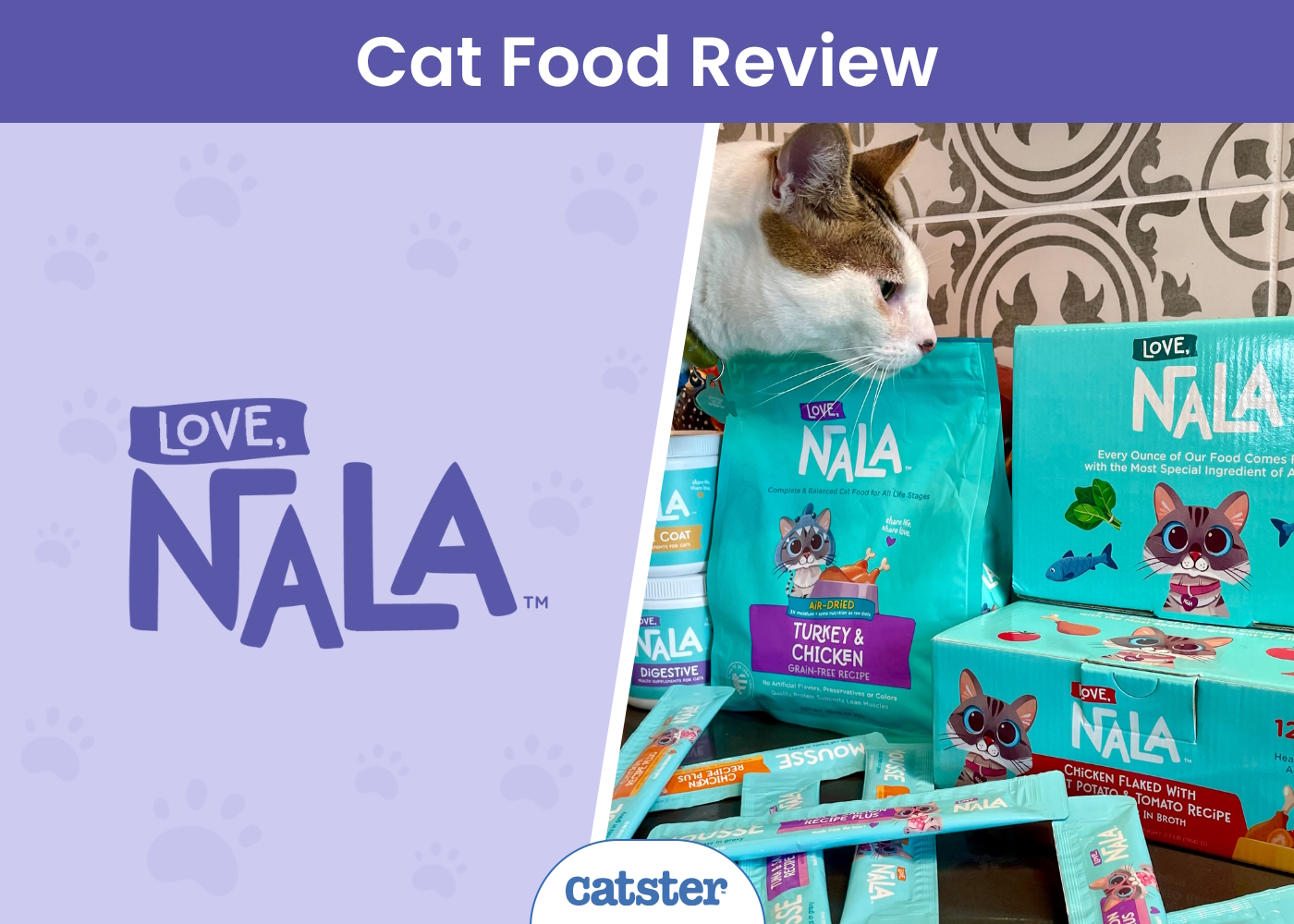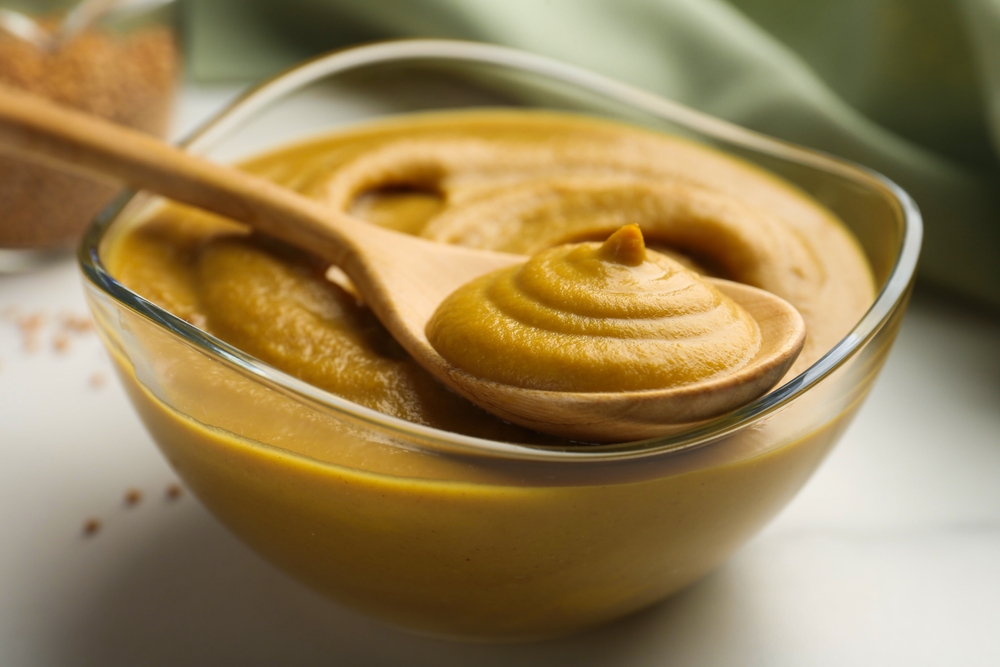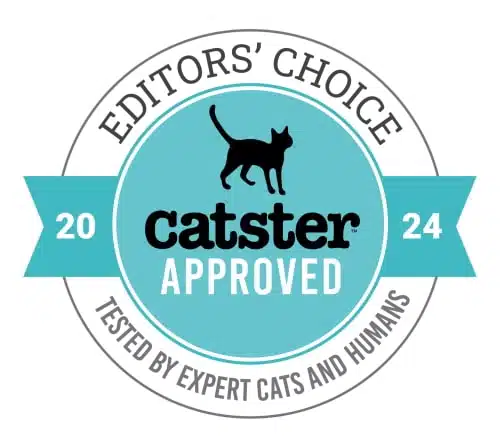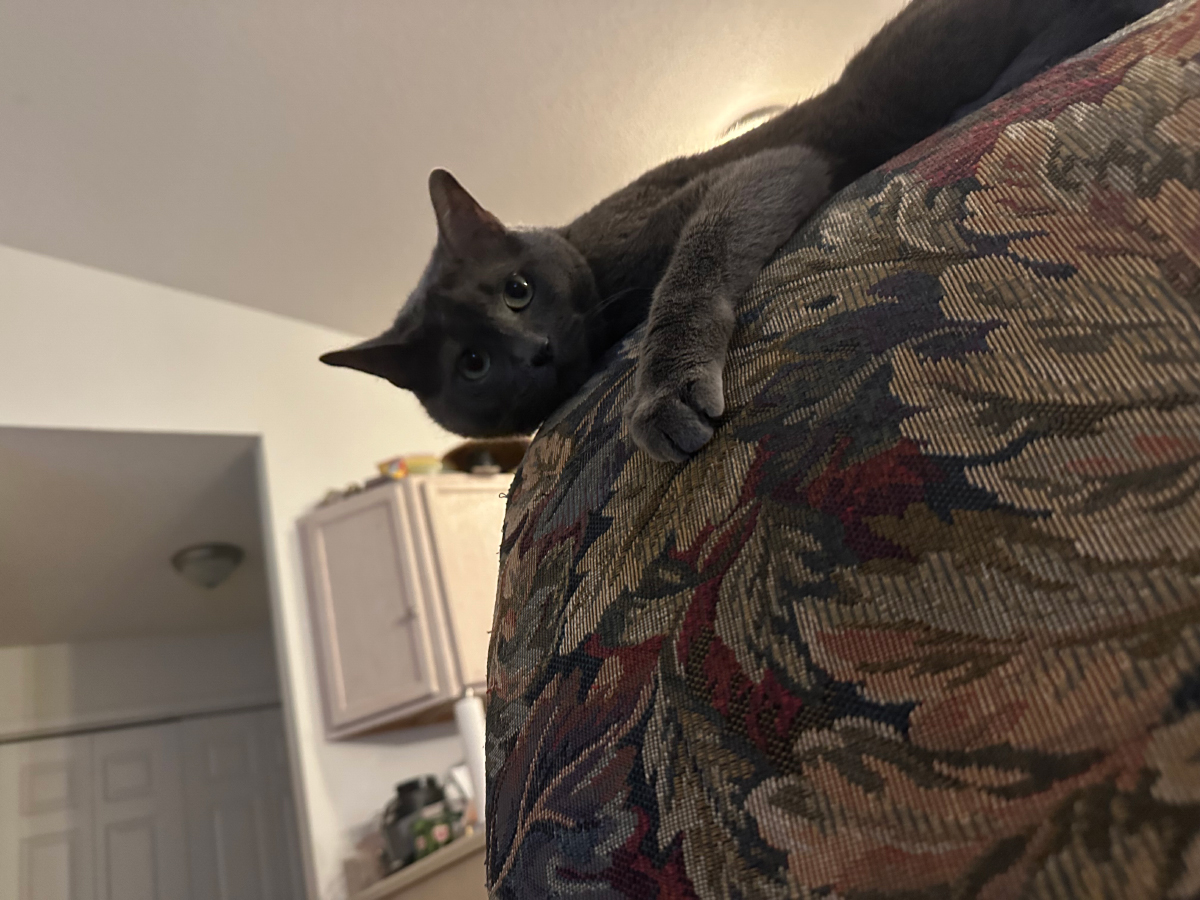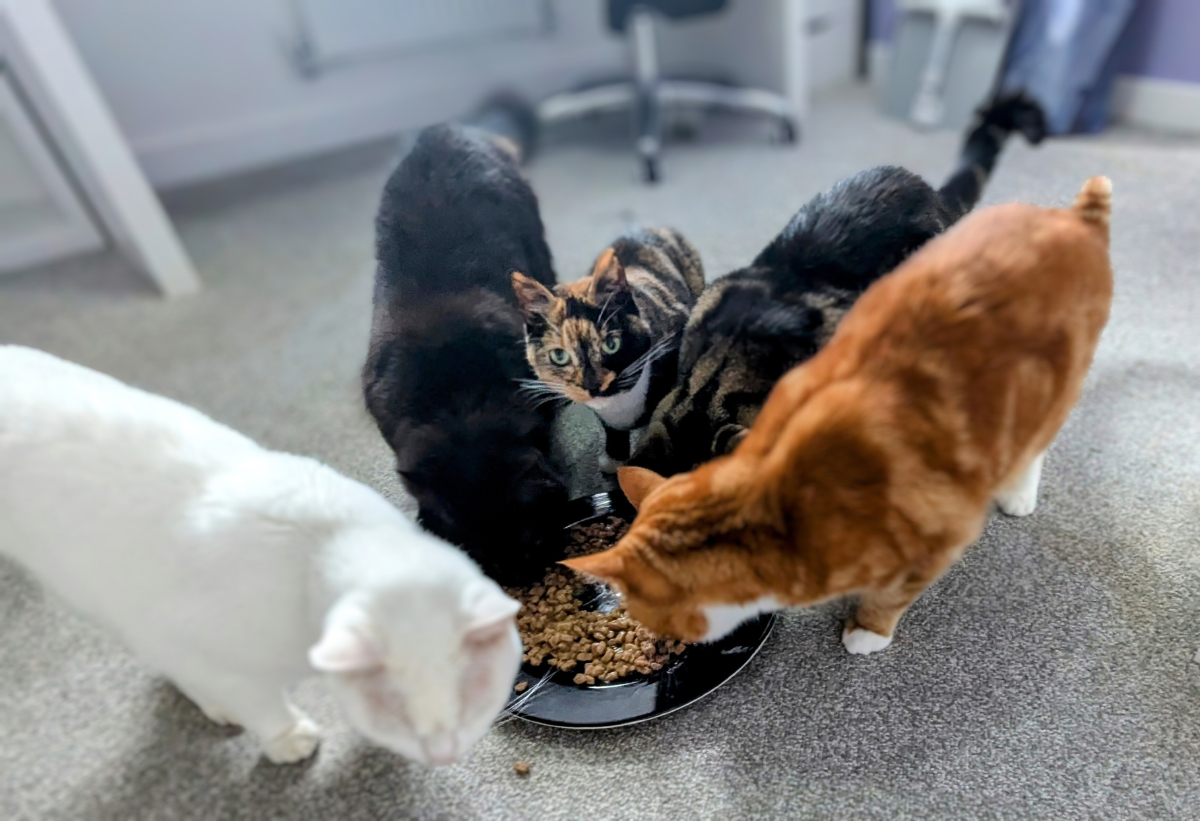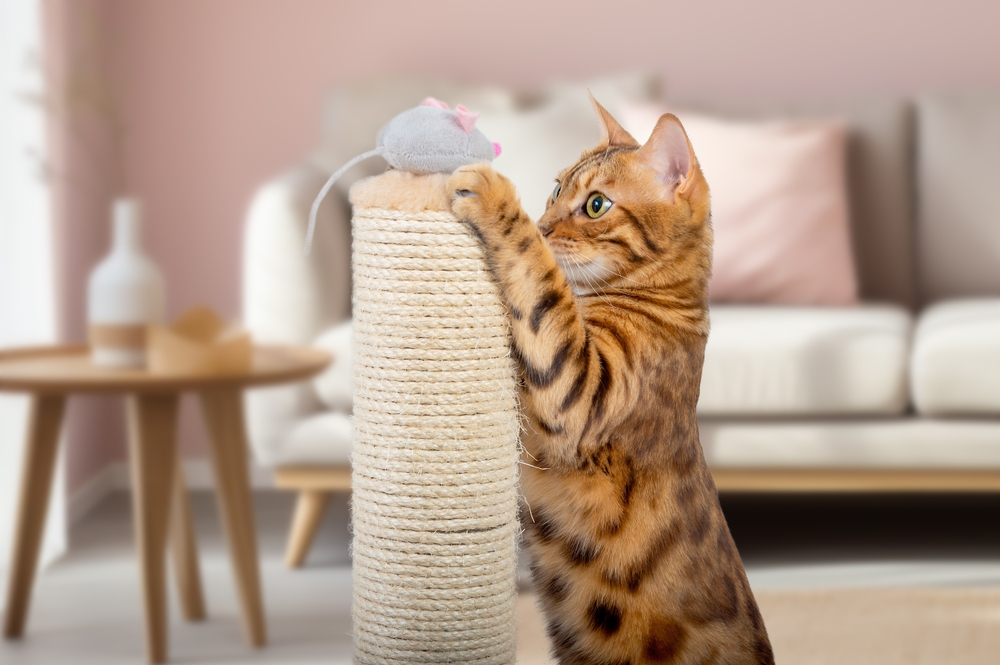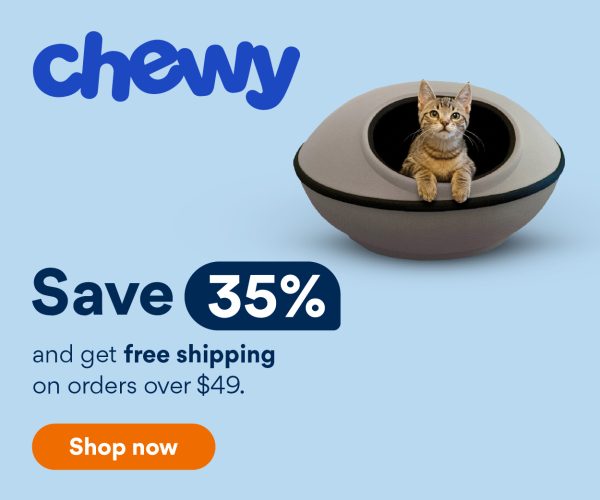Click to Skip Ahead
Homemade cat food is a practical way to ensure your beloved cat eats good-quality food. Although most of the nutrients come from meat, calcium can be obtained from a bone meal supplement. It can be a nutritional-grade bone meal, finely crushed eggshells, or a calcium lactate supplement. If you are feeding growing kittens, bone meal is recommended—and remember, their calcium requirements are higher than in adult cats.
Cats need to consume 250 to 500 mg of taurine per day. Recipes containing hearts and livers are rich in taurine, which is why we love them. Cooked meats lose taurine content, so make sure to include the hearts. Additionally, supplemented taurine is recommended to ensure that daily needs are covered. We recommend moderation in the case of the liver because too much liver over time can cause excess accumulation of vitamin A.
B complex is a collection of B vitamins that must be added to a homemade cat’s food recipe to ensure it is properly balanced. Using low-sodium salt instead of regular salt is another supplemental ingredient that will aid your kitty in receiving adequate levels of iodine. Preparing your cat’s food is an excellent way to maintain control of the ingredients in your cat’s food. Learning which foods are the most beneficial for their carnivore diet and supplementing the vitamins they need are the keys to a happy, healthy, and long life for your feline.
Whether you are new and wondering how to make homemade cat food or are a seasoned vet, these simple yet effective homemade cat food recipes cater to most cats’ needs (and wants)! Among these feline favorites are five raw and five cooked cat food recipes. Learning how to make cat food is simpler than ever! Be sure to look for any diet restrictions these recipes may have if your feline has sensitivities, kidney disease, or requires special senior food!

The 9 Homemade Cat Food Recipes
Cooked Homemade Cat Food Recipes
Preparing cat food with the ingredients you find in your kitchen is a simple way to ensure your cat receives a healthy and delicious diet. This homemade food for cats includes various types of meat, veggies, grains, and supplements to keep your cat nourished and satisfied!
These recipes have been approved by a veterinarian because they include only cat-friendly ingredients, however, some of these recipes are not complete and balanced diets to feed your cat on a daily basis. These recipes are a great add-on to your cat’s diet. They are only meant to be fed on occasion and not as a regular staple diet. Please consult your veterinarian to help you decide what is the best diet for your cat.
1. Our Favorite Easy Salmon Cat Food
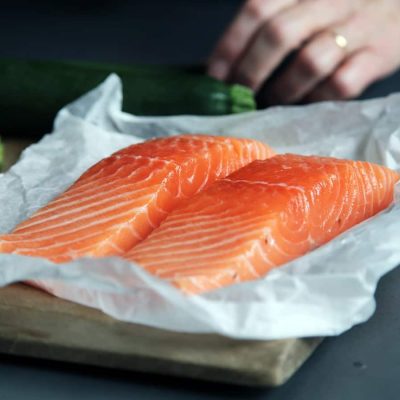
Salmon Cat Food Recipe
Equipment
- Blender or food processor
- Storage container
Ingredients
- 2 cups cooked salmon boneless
- 2 tbsp steamed broccoli
- 2 tbsp fish oil
- 2 boiled eggs
Instructions
- Combine all of the ingredients in a bowl or food processor.
- Blend until the mixture is even.
- Divide your homemade cat food into individual portions.
- Store leftovers in the refrigerator or freezer.
Notes
2. Tuna Ball Cat Food Recipe
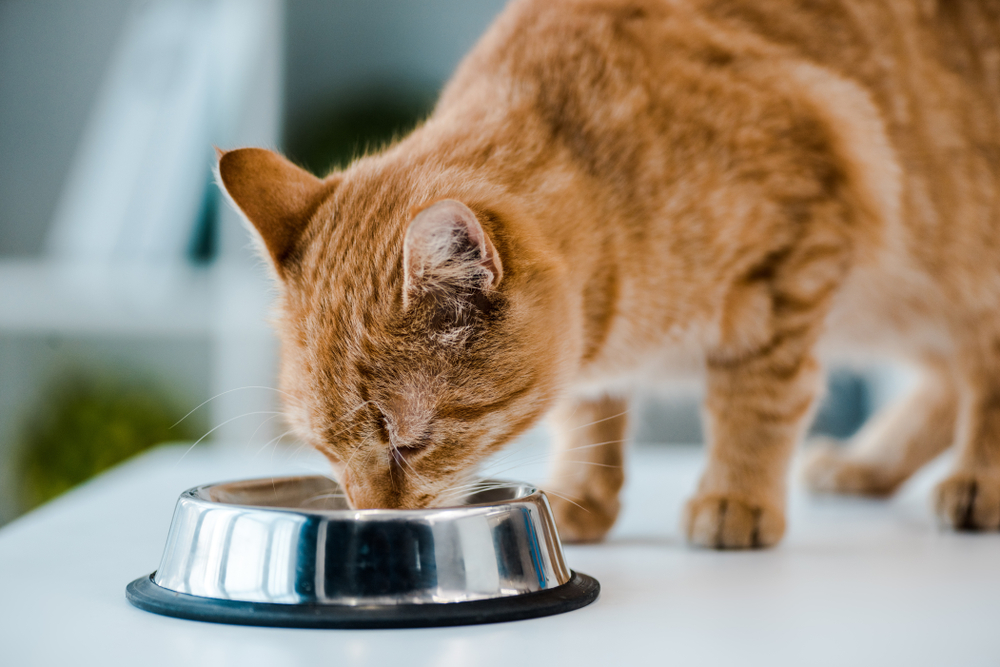
- 1 Small can of oil packed tuna fish
- 2 tbsp bread crumbs
- 1 egg, well beaten
- 3 tbsp or 45 milliliters of grated cheese
- Preheat oven to 350 degrees.
- Mash all ingredients together until a paste-like mixture forms.
- Shape into balls and place on greased baking tray.
- Bake for 20 minutes. Check frequently. When they are golden brown and firm, they are ready.
- Cool before serving.
There is a name for cats who cannot get enough tuna—Tunaholics! This homemade cooked cat food recipes is one to keep on hand as your cat is sure to hang around the kitchen and meow at your feet to request more. These ingredients are likely ones you always keep in your pantry, which makes this a simple and easy go-to recipe.
However, we recommend replacing the breadcrumbs with ground flaxseed for a healthier version. Remember that this particular recipe is not a complete or balanced diet, so it is only meant to be served occasionally.
3. Chicken & Vegetables Cat Food Recipe
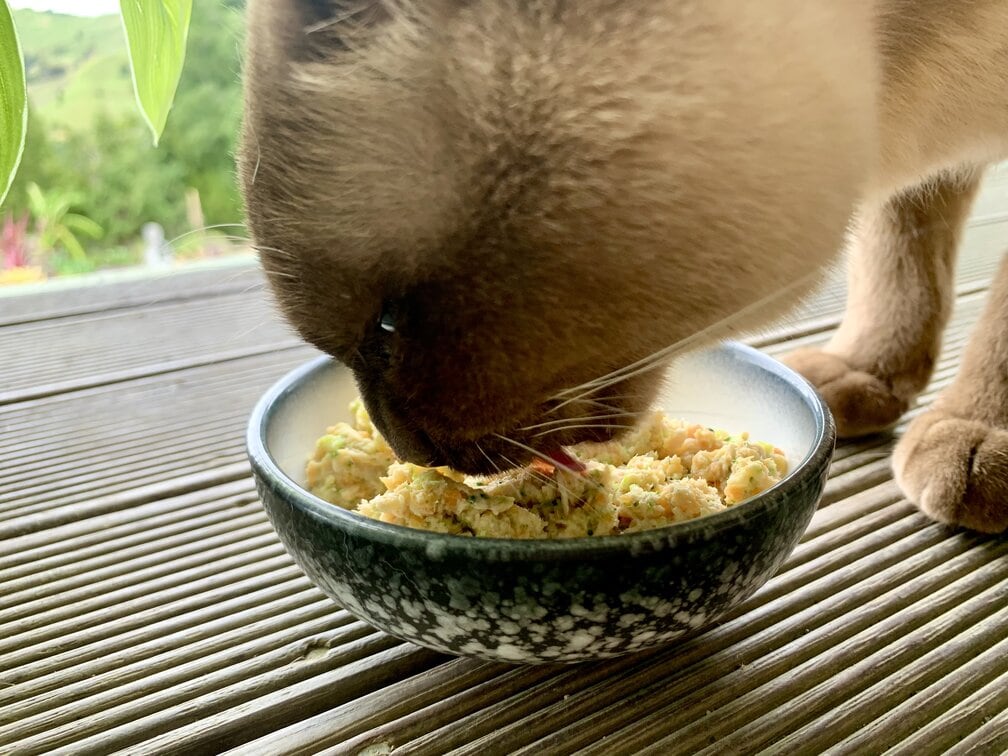
- 1 cup broiled or baked chicken
- 1/4 cup mashed steamed broccoli
- 1/4 cup mashed steamed carrots
- Chicken broth, separated
- Place ingredients in food processor with tablespoons of the chicken broth.
- Puree or crumble the ingredients until it resembles pate cat food. Gradually add broth until mixture is smooth but not soupy.
- Serve at room temperature.
The cat food recipe includes the classic combination of chicken and vegetables that even your cat will enjoy. You can use an adorable baking mold or ice cube tray to portion and freeze any excess pate!
4. Beef & Cottage Cheese Cat Food Recipe
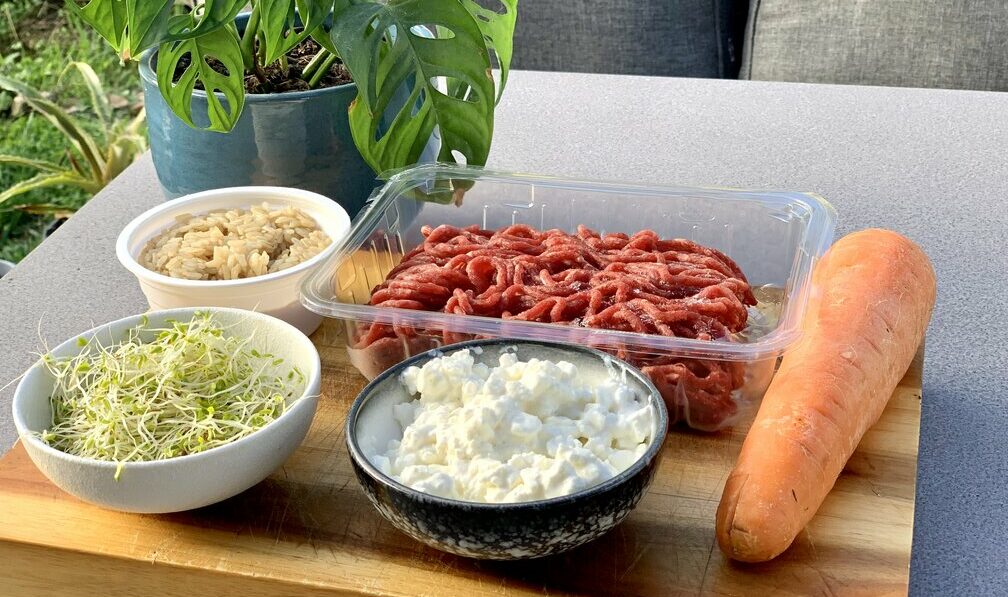
- 4 cups cooked ground beef
- 2 cups cooked brown rice
- 1⁄2 cup alfalfa sprout, chopped fine
- 1⁄2 cup chopped carrot, cooked and mashed
- 1 cup cottage cheese
- In a large skilled crumble ground beef. Cook over medium heat just until cooked through but not browned.
- Remove from heat. Drain and rinse under hot water to remove excess fat.
- Cool completely.
- Return to pan. Add the cooked brown rice, chopped alfalfa sprouts, carrots and cottage cheese.
- Package into individual meals. This recipe should remain good for three days in the refrigerator. Freeze any portions meals that won’t be used before then.
Finding a recipe as inclusive as this might be difficult. The main ingredient is beef, but it’s rounded out with rice, carrot, alfalfa, and cottage cheese!
5. Turkey & Rice Cat Food Recipe
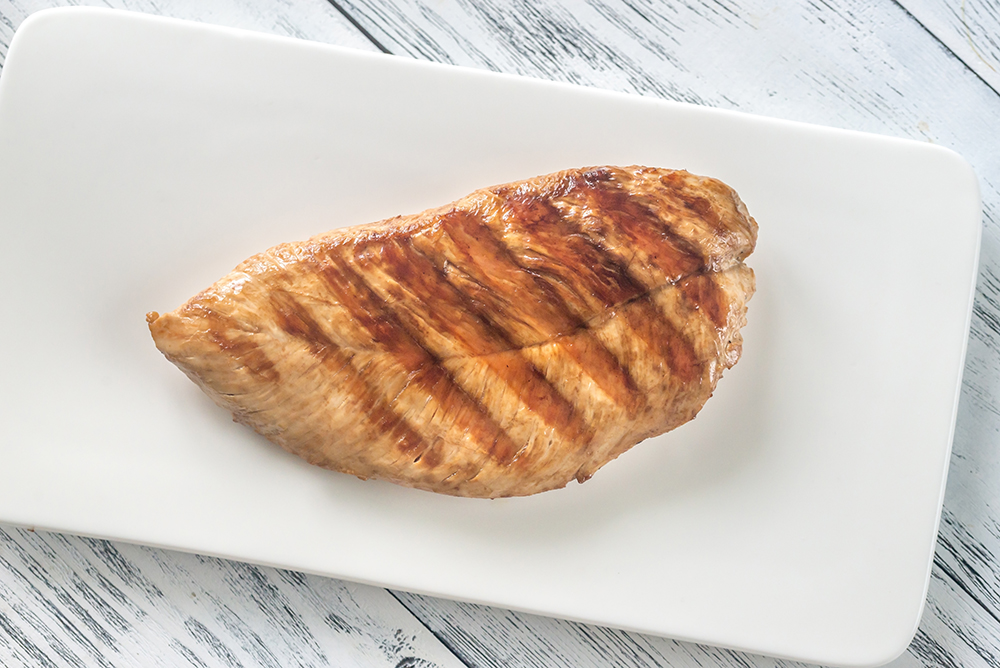
- 1 1/2 cups water
- 1/2 tsp iodized salt (optional)
- 2 teaspoons corn oil
- 1/2 cup brown rice, uncooked
- 1/2 pound raw turkey giblets, chopped into kitty-bite-size pieces
- 1/4 cup carrot, chopped fine
- 1/2 cup chopped spinach
- Combine salt, oil, and water and bring to a boil.
- Pour rice in boiling water, lower heat, cover and cook for 10 minutes.
- Stir in turkey giblets, carrot, and spinach.
- Cover and cook on low heat for another 10 or 15 minutes.
You can make the most of your turkey dinner using the giblets as a fancy feast base for your cat’s meal. These nutrient-rich organs are an excellent choice for your feline’s diet. Your cat will be happy to see the turkey giblets in their dish at dinner time!

Raw Cat Food Recipes
Choosing a raw diet for your cat is not for everyone, but for those willing to take the dive, these raw cat food recipes will not disappoint. Ensuring your cat is receiving the proper nutrients is the number one priority when preparing your cat food, which requires adding supplements and occasionally leaving in the bones! Read on for 5 protein-packed raw cat food recipes.
6. Raw Cat Food Recipe with Meat, Organs & Vitamins
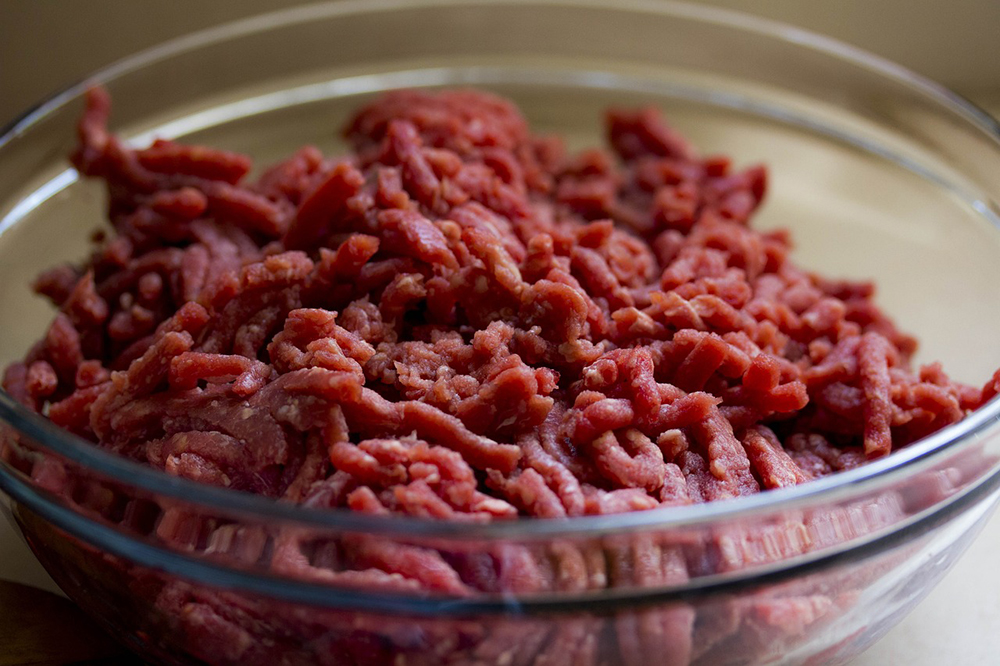
- 737g (1 pound, 10 oz) boneless protein e.g. chicken, turkey, kangaroo, beef etc.
- 85g (3 oz) heart
- 45g (1.6 oz) liver
- 45g (1.6 oz) kidney
- 1 tsp (6.1g) finely ground eggshell powder OR 26 capsules of Calcium Hydroxyapatite (freeze-dried bone)
- 7 capsules of 500mg salmon oil*
- 1/2 tsp vitamin supplement mix
- 1 large egg yolk
- Cut raw meat and organs into pieces
- Add salmon oil and egg yolk
- Add eggshell and vitamin powders
- Mix and package raw food
- Defrost raw cat food – ready to eat
You can use a variety of meats and their organs with this next meal. An unlikely ingredient included in this recipe is eggshells!
7. Raw Cat Food Recipe made with Chicken, Salmon & Bones
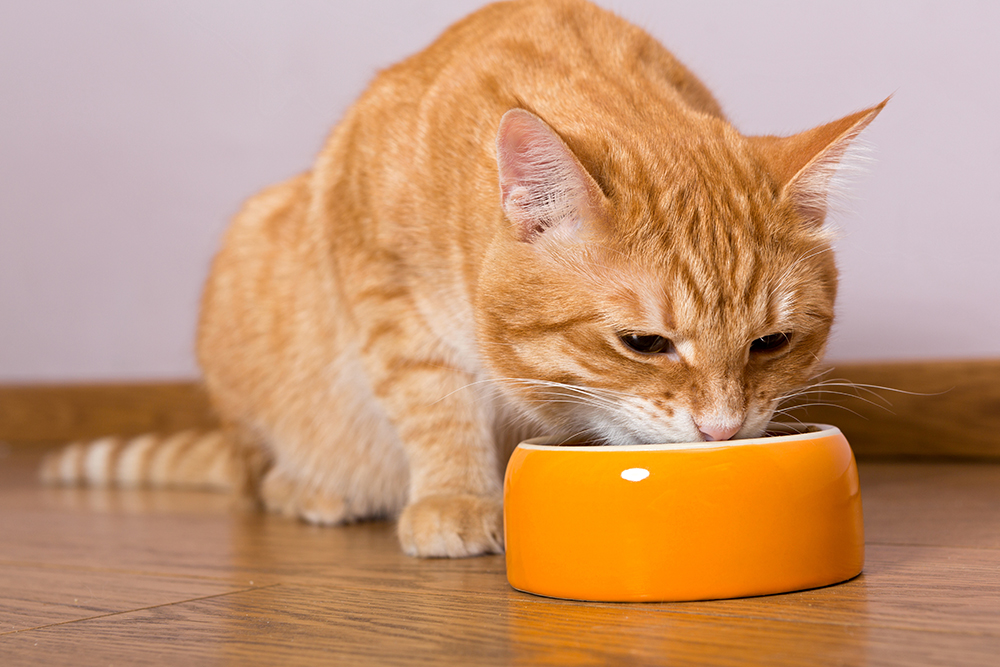
- 50 grams chicken liver raw
- 50 grams beef kidney raw
- 2 cups water more as needed to puree
- 1 whole raw egg including shell
- 100 grams chicken heart raw
- 700 grams bone-in skin-on chicken wings raw
- 100 grams raw salmon bones kept in
- 1 teaspoon taurine supplement powdered form
- Pulse to grind all ingredients in a high-powered blender or meat grinder. Leave raw.
- Divide into how much the cat will consume in 2-3 days and refrigerate. Freeze the rest, in small portions for easy serving.
This raw cat food recipe is all meat, which is what your cat was hoping for! It is also the ultimate surf and turf dish to please all cats.
8. Grain Free Chicken Raw Cat Food Recipe
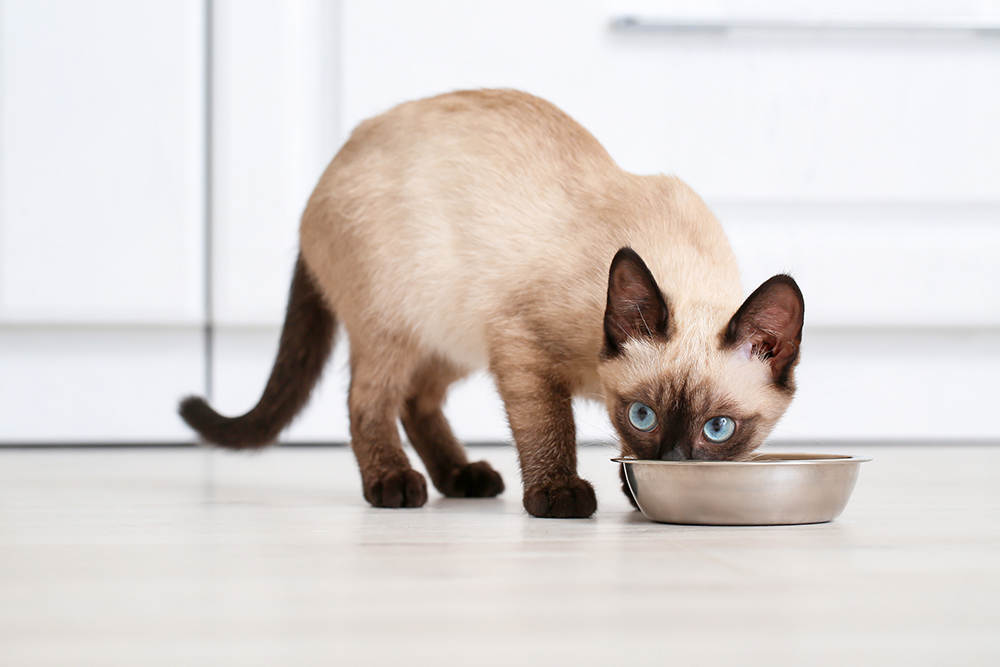
- 3 kg of chicken thighs (drumstick plus thigh w/bone. If your cat is overweight: remove most of the skin. For kittens, underweight or active cats you can leave all the skin.)
- 900 grams chicken heart
- 300 grams chicken liver
- 3 cups water
- 6 egg yolks
- 6000 mg salmon oil
- 1200 IU Vitamin E
- 300 mg Vitamin B-50
- 2 1/4 teaspoon Lite Salt (with iodine)
- 6 capsules raw grandular supplement (for me, this is the only supplement that is optional)
- 4000mg Taurine
- Put egg yolks and water into the container.
- Break open powder capsules into the mixture.
- Using a small pin piece the salmon oil capsules to release the oil into the mixture.
- Mix water, egg yolks, and vitamins well.
- Start grinding the meat.
- Once all the meat is ground slowly stir in the vitamin mixture and continue to mix well. The larger the bowl the easier this is.
- Once well mixed spoon into containers. Do not overfill the containers as the food expands when frozen.
Although we sneak a few grains into their diet occasionally, cats can benefit from a grain-free diet as they are carnivores. Here is a perfect example of a protein-rich recipe.
9. Chicken & Supplements
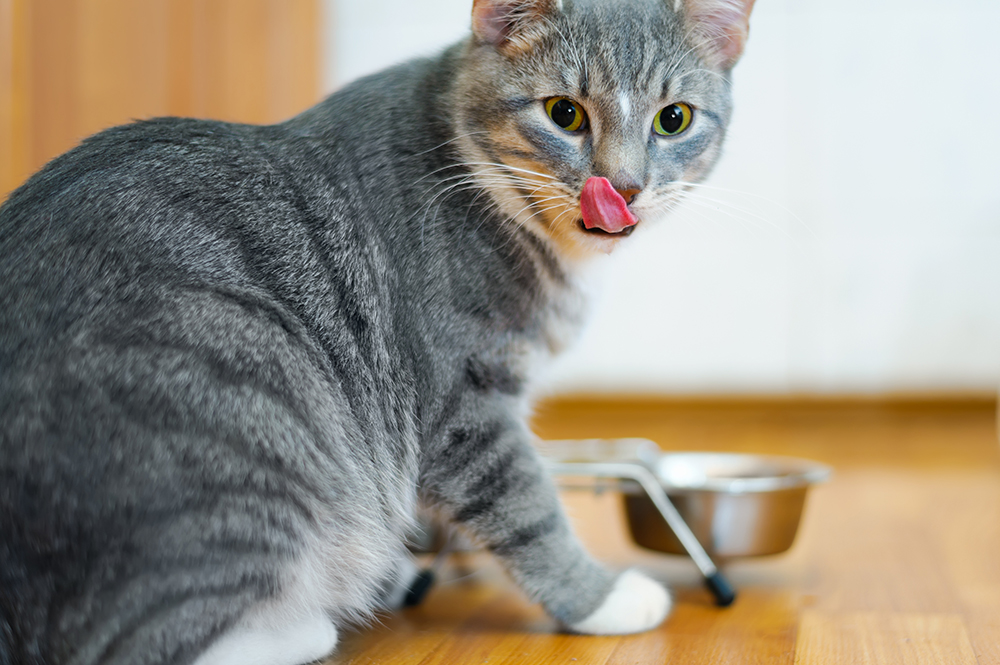
- 4.5 pounds chicken thighs with bone
- 7 ounces (200 grams) raw chicken liver
- 14 ounces (400 grams) raw chicken heart
- 8 ounces (.24 liter) water
- 4 raw egg yolks
- 2000 mg Taurine
- 4000 mg wild salmon or wild caught small fish oil
- 200 mg Vitamin B Complex
- 200 IU Vitamin E
- Grind Thighs (Including the bones), Hearts, and Livers.
- Mix remaining ingredients together
- Add to ground chicken and mix thoroughly.
- Unused portions can be frozen until needed.
Here is another great alternative to a dry and otherwise boring cat kibble. A raw cat food recipe like this is ideal for an obligate carnivore, which a cat is!
Since you invest a lot of time curating the perfect homemade recipes for your cat, it would only make sense to present it in a high-quality, modern bowl to match. Serve your cat in style with the Hepper NomNom Cat Bowl! Dual, stainless steel bowls are wide and shallow for optimum comfort and an elegant wide tray collects crumbs or splashes. Learn more about the NomNom Bowl here.
At Catster, we’ve admired Hepper for many years and decided to take a controlling ownership interest so that we could benefit from the outstanding designs of this cool cat company!Our Favorite Product Right Now

Conclusion
Testing our homemade cat food recipes and finding what works with your pet might be a process when preparing your own cat food, but we hope you see how simple it can be with these great recipes for homemade cat food—of the raw and cooked varieties! We also hope you enjoyed learning how to make cat food of your very own.
Related Reads:
Feature Image Credit: Catster.com

